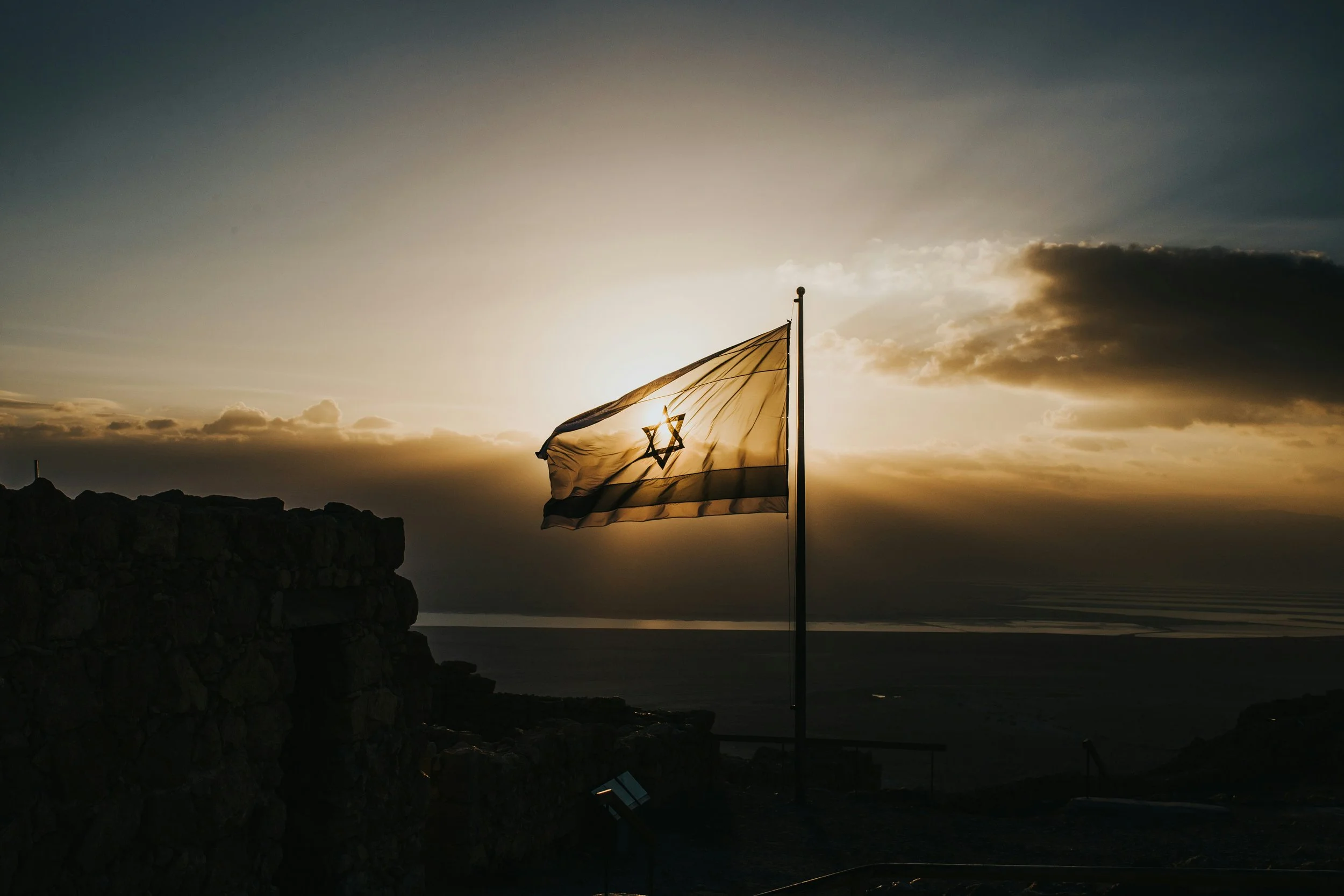From Exile to
Triumph
Celebrating Israel’s Birth on Yom Haatzmaut
As Israel approaches Yom Haatzmaut, the nation’s Independence Day, we share this story to honor the journey from exile to statehood. Published ahead of the celebrations, this article aims to deepen understanding of the sacrifices, resilience, and vision that birthed Israel on May 14, 1948, setting the stage for a meaningful commemoration.
Every year, as the sun sets on Yom Hazikaron, Israel pauses to honor its fallen heroes—soldiers and civilians who gave their lives for the Jewish state. In an instant, mournful silence transforms into joyous celebration, marking Yom Haatzmaut, Israel’s Independence Day. This sacred transition reflects the resilience of a people who, after 1,900 years of exile, reclaimed their ancient homeland on May 14, 1948. The story of that day—a triumph born of struggle, sacrifice, and hope—inspires Jews worldwide.
The journey to independence began decades earlier. In 1917, the Balfour Declaration recognized the Jewish claim to a homeland in the region then called Palestine. (The Romans renamed the area Syria-Palestina to shame the Jews, yet a continuous Jewish presence persisted despite exile. Islam emerged in the 7th century.) This declaration was a legal milestone after centuries of displacement across Europe and the Middle East.
In 1918, British forces defeated the Ottomans in World War I and occupied Palestine, setting the stage for change. By 1920, the League of Nations established the British Mandate for Palestine, endorsing Jewish settlement and laying a foundation for statehood. Yet, the path was fraught with challenges.
In 1922, the British allocated 70% of the mandate’s land to create the Emirate of Transjordan, leaving Jews with a smaller share. Violence soon escalated. The 1929 Hebron riots claimed 67 Jewish lives, a stark warning of growing tensions. The 1930s brought both hope and betrayal.
In 1937, the British Peel Commission proposed a partition plan, offering Jews a state in just 20% of the land, including Haifa and Tel Aviv, while Arabs would receive the Negev, Judea, and Samaria. Jewish leaders accepted, desperate for a homeland; Arab leaders rejected it. As the Nazi threat loomed, the British issued the 1939 White Paper, restricting Jewish immigration to Palestine. This closed the door to those fleeing persecution—a painful betrayal that hardened Jewish resolve.
The turning point came in 1947. The United Nations, through Resolution 181, proposed another partition plan, allocating much of the Jewish portion to the Negev Desert. Jewish leaders accepted, pledging equal citizenship for Arabs in the new state. Arab leaders refused, choosing war. On May 14, 1948, the British Mandate ended.
That day, David Ben-Gurion stood in Tel Aviv and declared Israel’s independence. His words echoed a vision of peace: “We appeal, in the very midst of the onslaught launched against us for months, to the Arab inhabitants of the State of Israel to preserve peace and participate in the upbuilding of the State on the basis of full and equal citizenship and due representation in all its provisional and permanent institutions.” It was a hand extended, a call for unity.
That hope was tested immediately. On May 15, 1948, neighboring Arab states invaded, launching the War of Independence to crush the newborn nation. Before the Israel Defense Forces (IDF) existed, Jewish defense groups stood ready. The Haganah, formed after the 1936–1939 Arab revolt, was pivotal, with units like the Field Corps, Guard Corps, and Palmach blending combat, farming, and Zionist education. Smaller groups, like Etzel and Lehi, joined them.
On May 26, 1948, the IDF was established, unifying these forces into a disciplined army. By 1949, armistice agreements ended major fighting. The cost was staggering: approximately 4,000 soldiers and over 2,000 civilians were lost, more than 10% of Israel’s population at the time.
Meanwhile, up to 200,000 Palestinians fled before major fighting, often urged by Arab leaders. More were displaced during the war to the West Bank and Gaza. Israel offered citizenship to Arabs who remained. Most Arab nations, except Jordan, denied citizenship to Palestinian refugees, using their plight as a political tool against Israel—a cold, calculated rejection.
The war’s aftermath reshaped the region. Between 1948 and 1951, over 800,000 Jews from Arab countries poured into Israel, finding refuge from persecution. Yom Haatzmaut is inseparable from Yom Hazikaron, which honors the IDF’s sacrifices.
Today, the IDF upholds high standards of International Humanitarian Law, even in urban warfare against terrorist groups that hide among civilians. The IDF achieves an unmatched civilian-to-combatant casualty ratio—1:1 to 1:1.5 in Gaza, compared to norms like the Iraq War’s 1:2 to 1:4. When civilians are near military targets, the IDF warns them through phone calls, texts, and leaflets, often aborting operations to save innocent lives. A 2015 report by military leaders from liberal democracies praised these efforts, noting that the IDF’s tactics to prevent collateral damage set a high standard, potentially challenging other militaries if codified into law.
On Yom Haatzmaut, we celebrate not just a state, but a miracle—a people who, after millennia of exile, built a thriving nation against all odds. We raise our flag and sing “Hatikvah,” honoring the vision of 1948 and the sacrifices of our soldiers, whose courage ensures Israel’s future.
